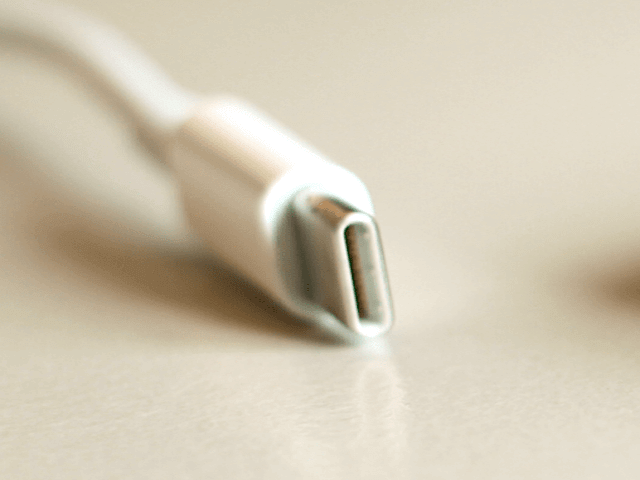There are many indications that Apple omitted the iPhone 7 to the 3.5mm audio jack. Intel wants to replace the same with USB Type-C – and has good reasons.
Intel wants the classic analog headphone jack abolished. It is essentially unchanged since the 19th century. In place of the three-pin analog jack the USB Type-C will occur, which is an updated and expanded version of the Micro-USB connector. In a presentation at the Intel Developer Forum two Intel engineers called details to the announced April USB Type-C-Audio standard.
The current 3.5-mm audio jack was popularized by Sony’s Walkman in the 1980s and dates back to the older standard from 1878. Basically it is just a smaller version of the 6.35-mm audio connector from the 19th century.
For months, the evidence kept growing that Apple’s classic headphone jack will be replaced by the proprietary standard, Lightning, which is already being used in the iPhone for charging and data exchange in the upcoming iPhone 7. Two other manufacturers – Lenovo and LeEco have in lines some of their models already decided against the 3.5mm audio jack and rely solely on USB Type-C.
Intel too wants to replace 3.5mm audio jack with USB Type-C
Not only Apple and the others apparently are working at the end of the headphone jack, but Intel wants to replace them too. Unlike Apple, Intel hovers over the open standard USB Type-C. Already there are headphones and other audio devices that can be connected via a classic USB cable – The basis for this is currently the USB Audio Device 2.0 protocol. But the majority of headphones still use the classic analog headphone jack.
Both Intel technician Brad Saunders and Rahman Ismail called on Tuesday details on the announced later this quarter about the new USB audio standard, which would replace the classic 3.5-mm audio jack with USB Type-C. USB Type-C is a type of connector and similar to USB 2.0 to 3.1 supports the USB protocols. The connectors are smaller than the classic Micro-USB and type A connector and can be plugged in both directions.
The advantages of USB Audio
The new USB audio specification defines standards that prevent USB audio devices from consuming too much power. The difference in power consumption for classic audio jack was therefore “negligible,” Saunders said, according to CNET. The Intel technicians called good reasons for the end of the classic audio jack. The connection consumes valuable space in smartphones, which prevents a thinner design of the devices.
A USB audio connection would also be digital, which opens up many possibilities. For example, a cheap headphones with acoustic effects implemented appears like a large concert hall. Or, the signal could be automatically manipulated so that noises will be less perceived from the outside. Currently, the digital audio signal from your smartphone is converted to analog audio but things are going to change soon with Intel joining the party.

